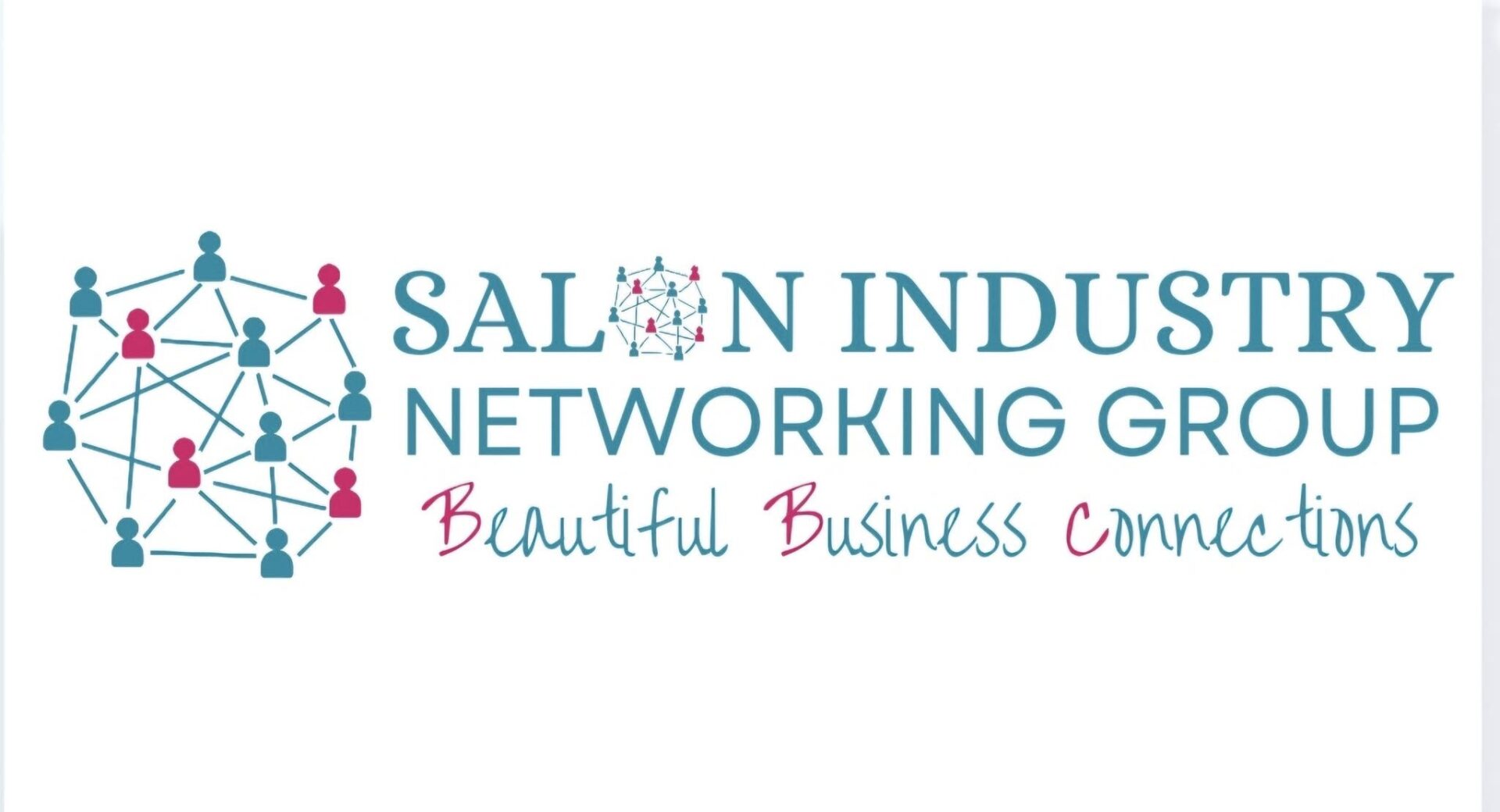Your brand is the foundation, and one of the most important aspects, of your business. It doesn’t matter if you’re a solopreneur, small, medium or large enterprise, b2b, b2c or anything in between – branding is absolutely crucial.
Your brand is essentially your promise to those that deal with your brand, customers, employees, audience and wider public. Your brand helps you tell your story, lets people know what to expect, differentiates you from your competition and projects your core values to the world [if it’s done right]
Your brand is so much more than your logo, although your logo is an important component along with your colour palette, social media, website, communications [and more!] and forms part of your brand foundation.
You need to know your business inside out and where you want it to be in the future for it to be successful.
By developing your brand strategy and architecture, you can impact public perceptions. With your brand, you can connect with your audience and engage with them to create a positive experience every time they come in to contact with your brand.
When I explain branding to my clients, I use a set of ten ‘building blocks’ to create a successful brand.
- Purpose
- Vision
- Mission
- Values
- Positioning
- Personality
- Language & Tone
- Core Message
- Brand Identity
- Brand Expression
PURPOSE: this is the meaningful reason behind why you do what you do, going beyond the traditional reasoning and tapping in to the ‘human element’. When a prospective customer shares your purpose, they’re more likely to see themselves in your brand and choose to put their trust in you.
VISION: your vision is where you want to see your business in the future. The main benefit of brand vision is that you know where you’re going. When you have direction, your behaviours and actions will subconsciously communicate this. Your vision should be challenging yet realistic.
MISSION: this is a statement that encompasses both your purpose and vision. A commitment to deliver what you promise along the path to your future brand. If your purpose is the why and your vision is the where, then your mission is the how.
VALUES: these are the rules of engagement and moral compass for the way in which you do business and should align with your purpose, vision and mission. Your core values must show through your behaviours and actions.
POSITIONING: the positioning of your brand in the market comes down to who your audience is, who your competition is and what your differentiators [USPs} are. You need to be a different option to your competition – not more of the same. Be a purple cow! [google it]
PERSONALITY: your brand personality is essentially a reflection of who your audience is, what appeals to them and what position you want your brand to take up in the market. Your brand strategy is all about attracting your target audience and resonating with them to generate interest.
LANGUAGE & TONE: your chosen language and tone of voice are an extension of your brand personality. You wouldn’t have a fun, outgoing personality style with super formal language – it just wouldn’t go. You need to make a connection with your audience on a personal level, so work out what appeals to them.
CORE MESSAGE: now you’ve figured out everything mentioned previously, you have all the information you need to carve out an effective core message – and the key to this is your differentiator [USP]. Your core message should be built around your USP and should be communicated effective through all brand expressions whether face to face or online.
BRAND IDENTITY SYSTEM: the most common mistake made by small business owners? Thinking they have branded their business once they have a logo. Branding is so much more than that. The main role of brand identity is to trigger brand recall, recognition and trigger a good memory of experience/interaction with your brand. You must pay attention to the look and feel of your brand. This includes your logo of course, but also colour palette, typography, imagery style and graphic elements among other things.
BRAND EXPRESSION: your brand must be consistent in its expression whether verbally, visually or experientially. Whenever any off-brand behaviour is expressed or something doesn’t follow brand guidelines, your brand is being damaged. Visual inconsistencies are picked up quickly by the human eye so all branding [website, logo, brochures, business cards, social media etc] needs to be succinct. This is where brand guidelines come in to their own, and you should make sure anyone responsible for creating any form of brand expression has a copy and follows it to the letter. A consistent message across all platforms is crucial.
For more information about branding or marketing for your small business, see www.metamorfosisdesign.co.uk
You can connect with Metamorfosis Design on their SING directory page here

